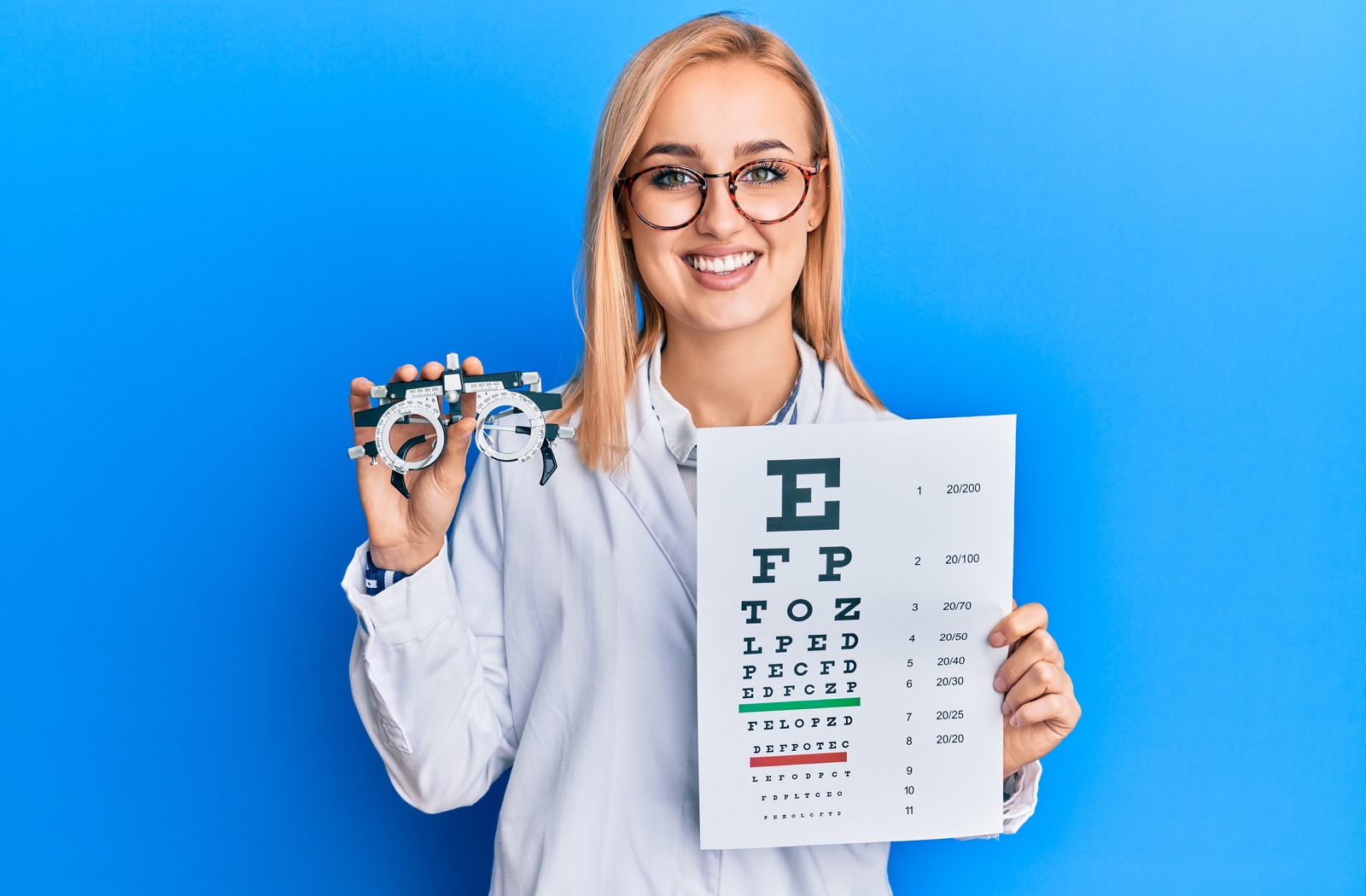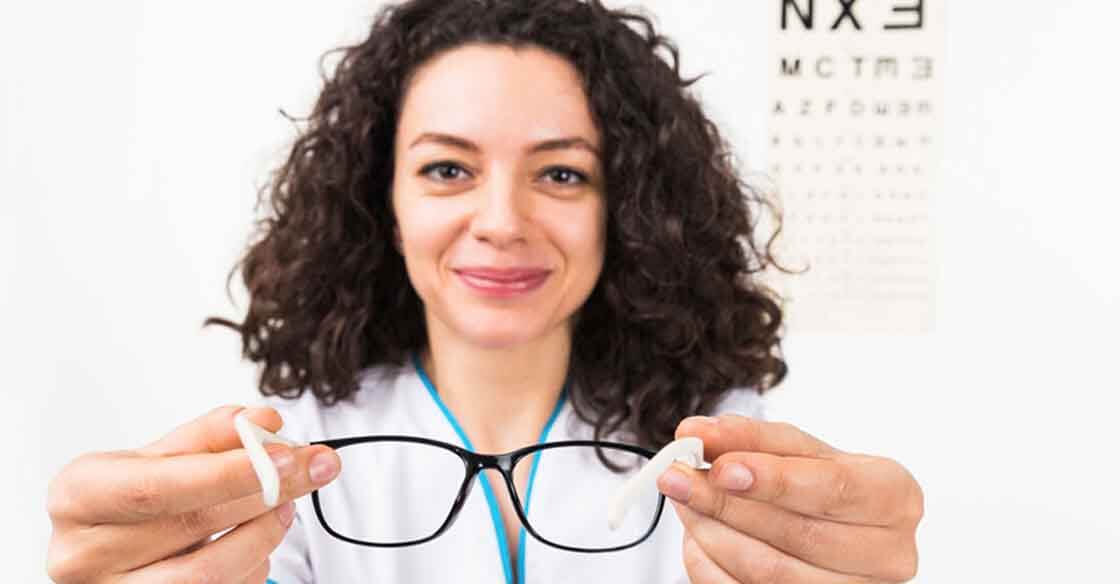Compassionate Eye Doctor: Professional Care for Riverside Residents
Compassionate Eye Doctor: Professional Care for Riverside Residents
Blog Article
The Comprehensive Eye Exam: What to Expect During Your Visit to the Eye Physician
A check out to the eye medical professional for a thorough eye test is more than a regular check-up; it is an important action in protecting your visual health and wellness. From the preliminary conversation of your clinical history to the precision of the visual skill test, each part of the test offers a specific purpose. But just what happens during the eye health evaluation, and just how does it affect the prescription procedure? Recognizing these elements is vital for those that wish to maintain optimal vision. As we discover each element, the significance of follow-up recommendations will additionally end up being clear.
Initial Assessment
The preliminary consultation during an eye test functions as an important structure for recognizing a client's visual wellness needs. This phase sets the tone for the whole evaluation process, allowing the eye doctor to gather vital details regarding the client's case history, way of life, and specific vision worries. By thoroughly reviewing any kind of pre-existing conditions, drugs, or previous surgical treatments, the eye treatment expert can tailor the assessment to address specific demands efficiently.

Furthermore, the preliminary examination is a possibility for individuals to articulate any kind of concerns or questions, cultivating a joint partnership with their healthcare copyright. This communication not just makes sure that the individual really feels notified and comfortable but additionally encourages them to take part actively in their eye health monitoring. Collectively, these conversations make it possible for the optometrist to create a customized assessment strategy, ensuring ideal care and precise medical diagnosis.
Visual Acuity Test
Beginning the core components of an eye exam, the visual acuity examination is created to examine the sharpness and quality of a person's vision. This critical examination helps identify exactly how well a person can discern letters or icons at a standardized range, generally making use of a Snellen chart (Opticore Optometry). The graph comprises rows of letters that decrease in dimension inside out, with the person positioned at a traditional distance of 20 feet
During the test, the patient is asked to cover one eye and read out loud the tiniest line of letters they can see clearly. This process is repeated for the various other eye. The outcomes are tape-recorded as a fraction, with 20/20 vision indicating normal aesthetic skill-- where the person can see at 20 feet what an individual with normal vision can see at that distance.
The aesthetic acuity examination also recognizes prospective refractive mistakes such as nearsightedness, hyperopia, or astigmatism, which might necessitate corrective lenses. By establishing a standard of aesthetic efficiency, the test is an essential analysis device that helps the eye care professional in establishing an appropriate therapy strategy customized to the client's unique visual needs.
Eye Wellness Evaluation
Complying with the visual acuity test, a thorough eye wellness assessment is conducted to make certain the overall well-being of the eyes. This essential sector of the eye examination involves a thorough evaluation of both the exterior and inner frameworks of the eye. The eye doctor or eye doctor begins by taking a look at the eyelids, cornea, conjunctiva, and sclera for any type of signs of infection, swelling, or problems. Making use of specific devices redirected here like a slit light, the practitioner obtains a multiplied sight of the eye's makeup, enabling detailed inspection.
Following, interest shifts to the inner structures. Via the use of ophthalmoscopy or fundus digital photography, the retina, optic nerve, and capillary are carefully evaluated. This action is important for recognizing conditions such as retinal detachment, glaucoma, or diabetic person retinopathy. In most cases, student dilation is done to enhance visibility of the interior eye frameworks, although this may cause short-lived light sensitivity for the person.
In addition, intraocular stress is measured to this evaluate for glaucoma danger. This is normally done using tonometry, which can discover elevated stress degrees that could suggest prospective damages to the optic nerve. Collectively, these evaluations develop a comprehensive evaluation to maintain ocular health and wellness.
Refraction and Prescription
Just how does one ensure ideal vision? An important step lies in the process of refraction and getting a precise prescription. Refraction is an advanced treatment carried out by eye treatment professionals to identify the exact lens power required to remedy refractive mistakes such as nearsightedness, hyperopia, presbyopia, and astigmatism. The goal of this treatment is to evaluate exactly how light bends as it goes through the eye, permitting the specialist to identify whether restorative lenses are needed for enhanced visual skill.
Throughout the refraction procedure, the person is asked to check out a phoropter, a device that consists of various lenses. The specialist will methodically transform these lenses and ask the patient to compare clarity in between options till the very best feasible vision is accomplished. This procedure is critical in crafting an exact prescription that defines the appropriate lens power for spectacles or call lenses.
The prescription originated from this procedure not just enhances vision however also works as a structure for picking appropriate corrective glasses. It is important to guarantee that prescriptions are on a regular basis upgraded, as modifications in vision can happen gradually, stressing the significance of routine eye evaluations. This meticulous interest to detail helps preserve clear, comfortable vision in every day life.
Follow-Up Suggestions

Throughout a follow-up see, the eye medical professional will certainly carry out a collection of examinations to evaluate aesthetic acuity and look for any kind of modifications in vision that could demand an update to the prescription. In addition, the follow-up provides an opportunity to review any kind of pain or problems experienced with existing eyewear. Changes can be made to ensure convenience and efficiency, whether through lens alteration or frame adjustments.
For patients with continuous problems such as glaucoma, diabetes-related eye problems, or macular deterioration, more constant follow-ups may be required. These appointments are critical for managing and possibly slowing the development of eye disease. Sticking to these recommendations can significantly add to maintaining visual health and wellness and stopping lasting complications.
Verdict
The thorough eye exam is a vital process for maintaining visual health, incorporating a detailed analysis of clinical history and vision issues. Secret parts consist of the visual skill test, which evaluates eyesight clearness, and the eye health assessment, which examines the general condition of the eyes.
A check out to the eye medical professional for a thorough eye exam is more than a routine examination; it is an important step in securing your aesthetic wellness.Kicking off the core parts of an eye exam, the aesthetic skill examination is designed to evaluate the intensity and clarity of an individual's vision.Complying with the visual skill examination, a thorough eye wellness analysis is performed to guarantee the overall wellness of the eyes. These visits enable the eye care specialist to monitor changes in vision, upgrade prescriptions, and examine the overall health and wellness of the eyes. Trick elements consist of the visual acuity test, which evaluates eyesight clearness, and the eye health and wellness assessment, which examines the total problem of the eyes.
Report this page